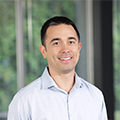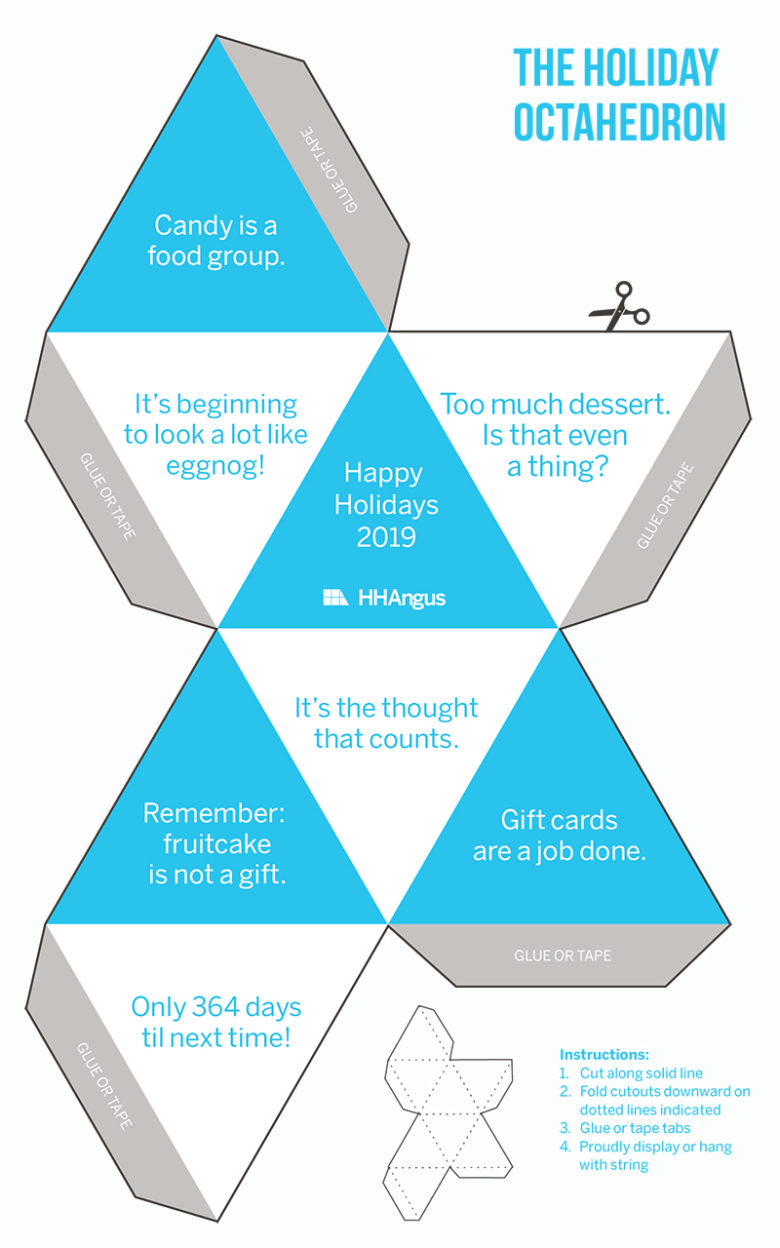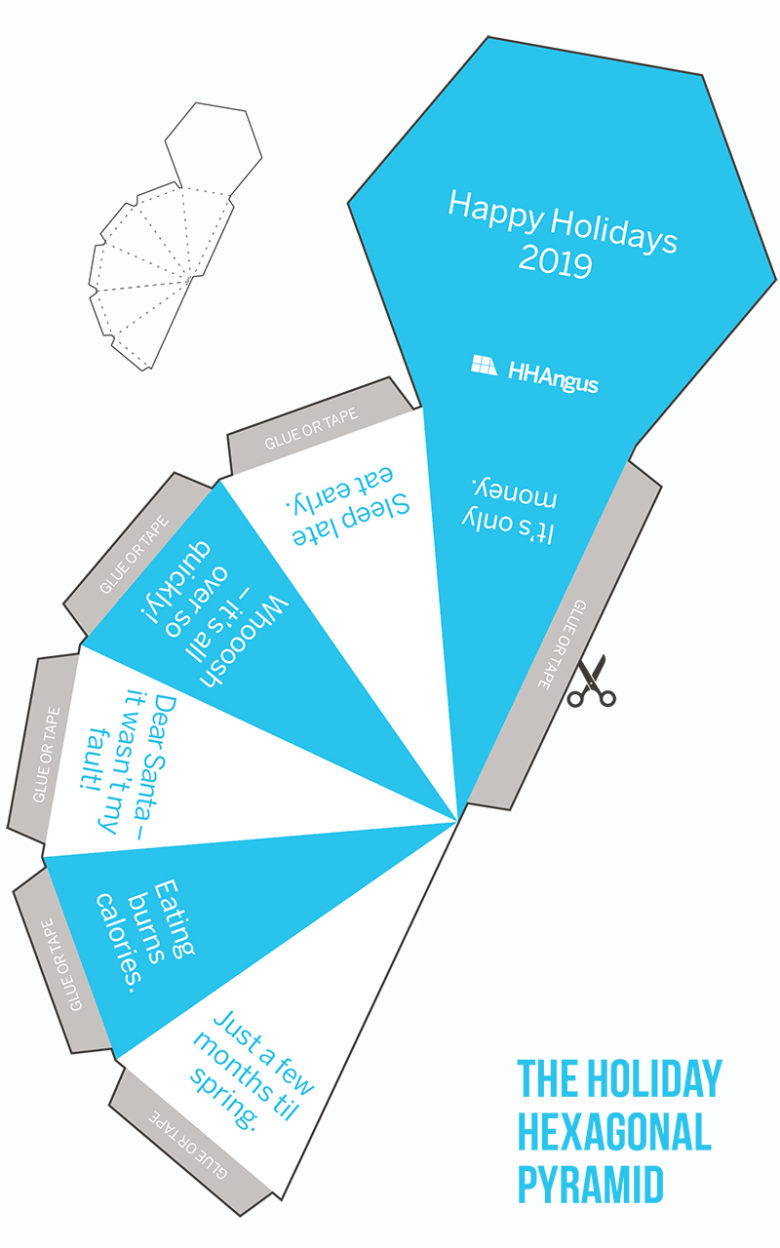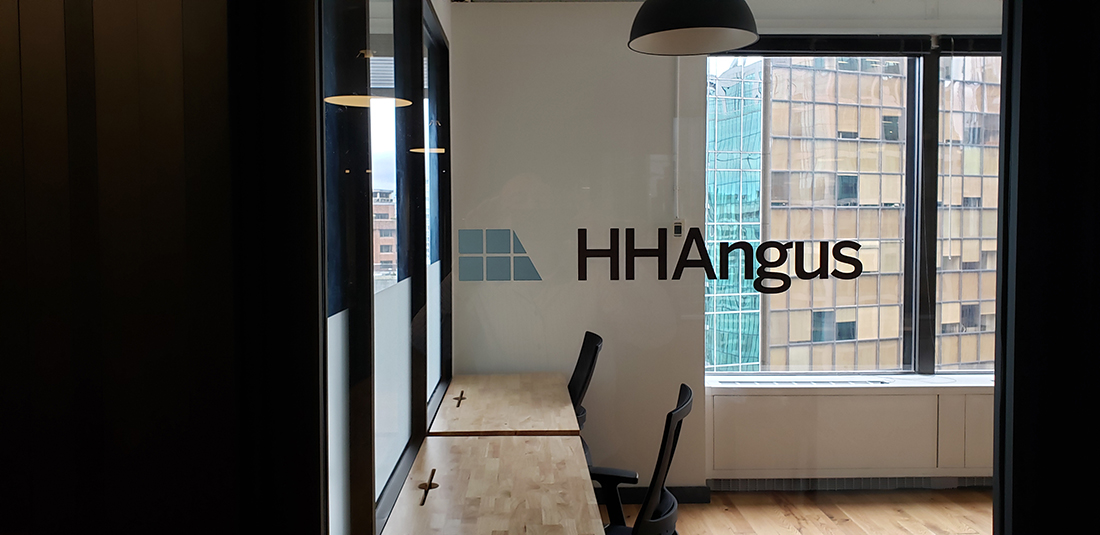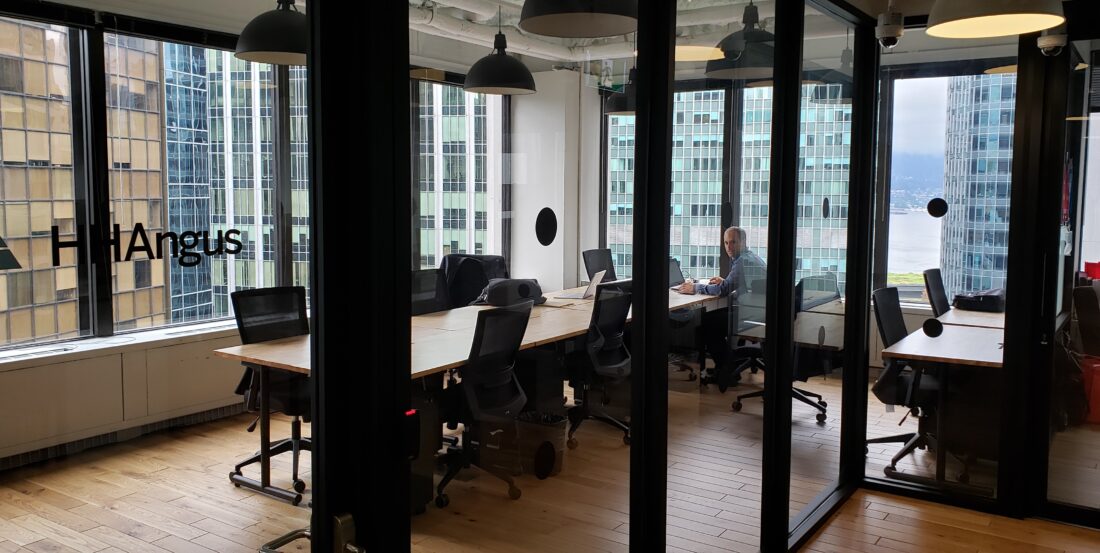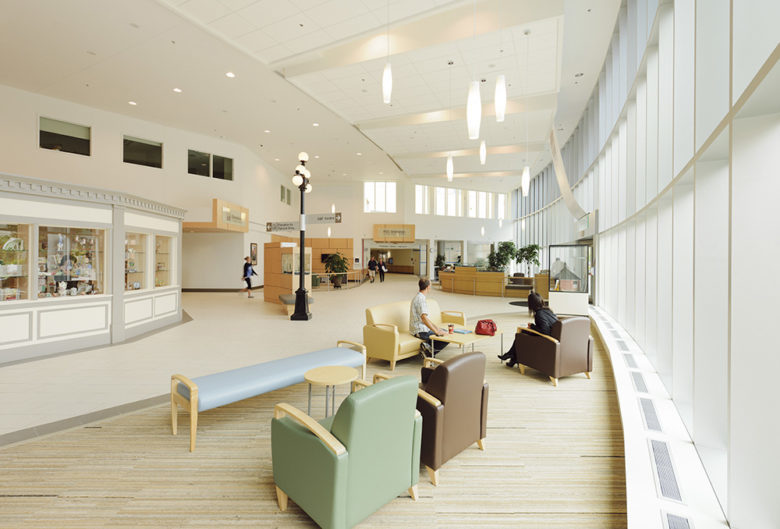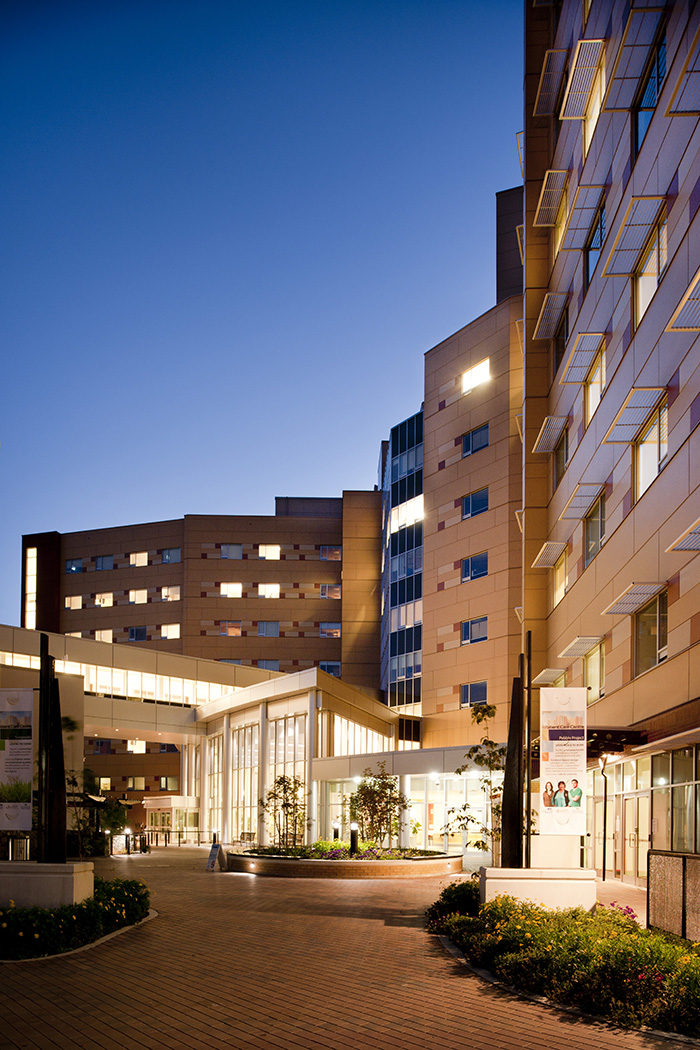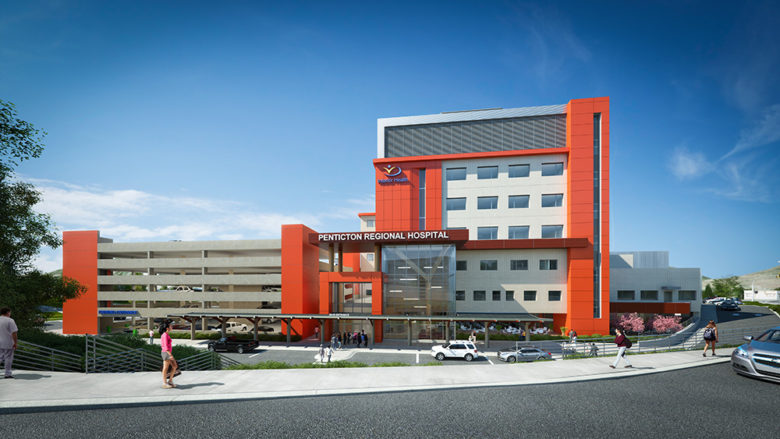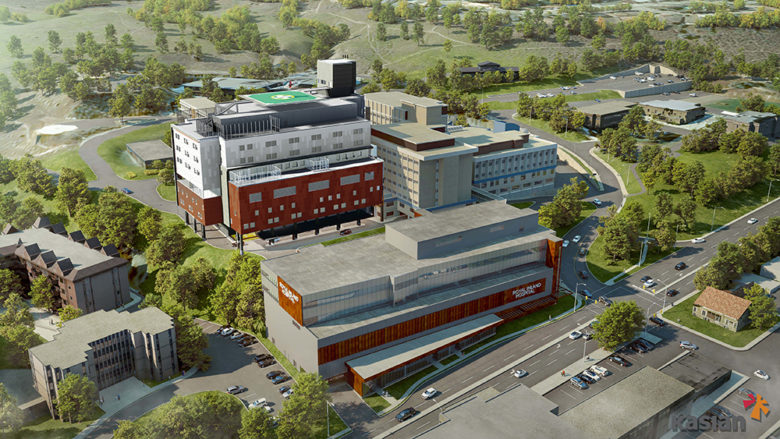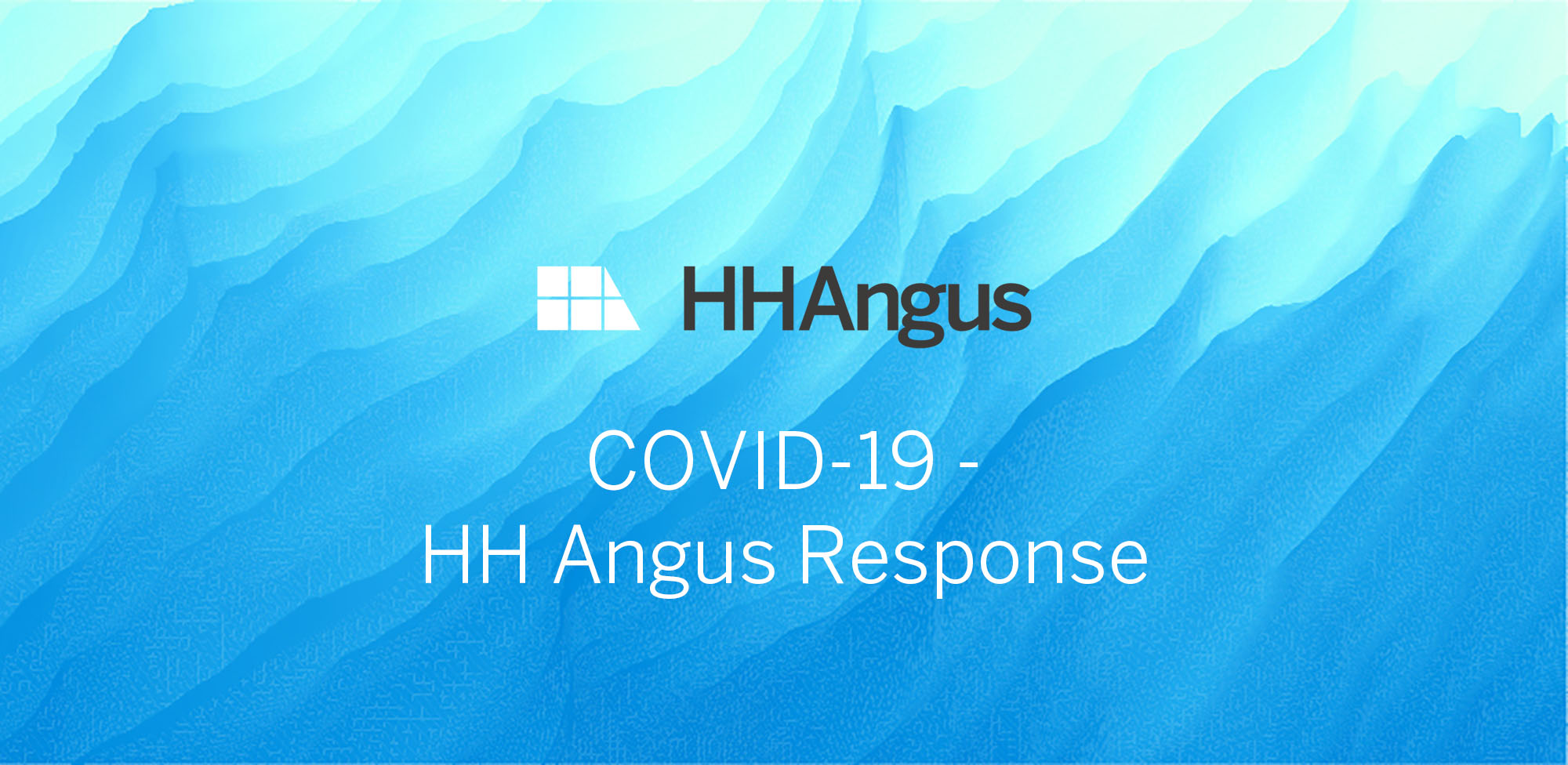
Voir ci-dessous pour des informations en français
In light of the increasing number of cases of COVID-19 in North America and the announcement by the World Health Organization declaring COVID-19 as a pandemic, HH Angus is taking reasonable precautions to ensure the safety and security of our employees, clients, vendors and guests across all our office locations while maintaining a consistent level of client service. We are executing our Business Continuity Plan that covers maintaining office operations, remote working for all our staff, and delivering service to our clients during weather, natural disasters, and other emergency situations where our offices are shut down for extended periods of time. Our Senior Management Team is meeting daily to respond promptly to the latest conditions and to ensure that we continue as best we can to deliver on our commitments to our clients.
Highlights of our plan include:
Remote Working
We have been closely monitoring this situation and have made the decision to instruct our staff to work remotely beginning March 16, 2020 until further notice. We have technology implemented that enables our employees to provide service remotely for all our clients and projects if they are unable to be in our office physically or report to the project site. This includes access to our design software, network, email, audio and video conferencing, and other communications technologies. Our remote working protocols and equipment are being implemented to enable our employees to continue to deliver service to our clients. All our communication channels related to on-going projects remain unchanged. If you have any questions or concerns about a project we are working with you on, please reach out to your HH Angus contact. We will coordinate with you to make arrangements specific to your project including replacing, where possible, in-person meetings with tele/video conferences. If you require information but do not have an existing contact at HH Angus, please email info@hhangus.com, or reach out to one of the key HH Angus contacts listed at the end of this announcement.
Travel
HH Angus has suspended all international and all non-essential domestic travel until further notice. Personal travel is discouraged and any staff returning from travel outside of Canada must self-isolate for 14 days.
Meetings
We have encouraged our employees to not participate in large gatherings such as conferences or networking events and, where possible, to utilize video/teleconferencing or similar communications technologies for external and internal meetings. Our technical staff will continue to visit project sites but will contact the client in advance to ensure that the site is still open and inquire as to health and safety precautions that are in place to ensure that there are no restrictions preventing their visit. We will assess each site meeting on a case-by-case basis to assess compliance with our firm’s existing protocols to protect the health and safety of both HH Angus staff and client staff.
Office Environment
We have intensified cleaning standards for our offices. We have installed hand-washing signage based on best practices in all washrooms and have increased hand sanitizer stations, where products are available, across our properties in order to help minimize the spread infectious agents.
As mentioned previously, we have asked our staff to work remotely as of March 16, 2020. However, certain staff will be on office premises to facilitate deliveries and perform network maintenance. If you require coming to our Toronto office in person, please speak with Reception by telephone (416-443-8200) in advance. Our Vancouver, Montreal, Dallas and Chicago staff will not be available in their respective offices. Please get in touch with your contact in each region for any inquiries, or call Toronto Reception (416-443-8200).
Reporting procedures
We have established a reporting protocol with our employees, should anyone be exposed to coronavirus directly or indirectly, or is feeling unwell for any reason. Any employee travelling out of the country for any reason is required to self-isolate for 14 days upon return to Canada. We will continue to monitor the situation closely, and adjust our response as required.
For more information, we encourage you to review the following resources:
Health Canada
World Health Organization
We will update this information page as the situation evolves. We are committed to helping our staff, clients and communities manage through this crisis to the best of our ability.
Key HH Angus Contacts:
Paul Keenan, President – paul.keenan@hhangus.com | 416 209 4374
Tom Halpenny, Vice President Operations & General Manager – tom.halpenny@hhangus.com | 416 580 0811
Sameer Dhargalkar, Vice President, Marketing & Business Development –sameer.dhargalkar@hhangus.com | 416 904 4592
COVID-19 - Réponse de HH Angus
Compte tenu du nombre croissant de cas de COVID-19 en Amérique du Nord et de l’annonce de l'Organisation mondiale de la santé déclarant la pandémie mondiale de COVID-19, HH Angus prend des précautions raisonnables pour assurer la sûreté et la sécurité de nos employés, clients, fournisseurs et invités dans tous nos bureaux tout en maintenant un niveau de service constant pour nos clients. Nous mettons en œuvre notre Plan de maintien des activités, qui assure le maintien des activités de bureau, le télétravail pour l’ensemble du personnel et la prestation de service à nos clients en cas de désastres météorologiques ou naturels, ou de tout autre situation d’urgence, dans les endroits où nos bureaux sont fermés pour des périodes prolongées. Notre équipe de direction se réunit quotidiennement pour répondre rapidement aux dernières conditions et pour s'assurer que nous continuons du mieux que nous pouvons à respecter nos engagements envers nos clients.
Les points saillants de notre plan comprennent:
Travail à distance
Nous suivons de près cette situation et avons pris la décision de charger notre personnel de travailler à distance à partir du 16 mars 2020 jusqu'à nouvel ordre. Nous avons mis en œuvre la technologie qui permet à nos employés de fournir un service à distance pour tous nos clients et projets s'ils ne peuvent pas être physiquement dans nos bureaux ou se présenter sur le site du projet. Cette technologie donne accès à notre logiciel de conception, aux lecteurs réseaux, aux courriels, aux conférence audio-vidéo, de même que d’autres technologies de communication. Nos protocoles et équipements de travail à distance sont mis en œuvre pour permettre à nos employés de continuer à fournir des services à nos clients. Toutes les voies de communication relatives aux projets en cours demeurent les mêmes. Si vous avez des questions ou des préoccupations concernant un projet sur lequel nous travaillons avec vous, veuillez contacter votre contact HH Angus. Nous vous aiderons à prendre les dispositions propres à votre projet, notamment le remplacement, si cela est possible, des réunions en personne par des conférences audio-vidéo. Si vous avez besoin d'informations mais n'avez pas de contact existant chez HH Angus, veuillez envoyer un courriel à info@hhangus.com, ou communiquer avec la personne-ressource de HH Angus donnée à la fin de ce communiqué.
Voyages
HH Angus a suspendu tous les voyages internationaux et nationaux non essentiels jusqu'à nouvel ordre. Les voyages personnels sont déconseillés et tout membre du personnel qui revient de l’Étranger doit s’isoler pendant 14 jours.
Réunions
Nous avons encouragé nos employés à ne pas participer à de grands rassemblements tels que des conférences ou des événements de réseautage et, dans la mesure du possible, à utiliser la vidéo / téléconférence ou des technologies de communication similaires pour les réunions internes ou externes. Notre personnel technique continue de visiter les sites de projet, mais doit d’abord communiquer avec le client pour s’assurer que le chantier est toujours ouvert et s’informer des mesures de prévention mise en place pour la santé et la sécurité afin de s’assurer que rien n’empêche la visite. Nous évaluerons chaque chantier au cas par cas afin de vérifier la conformité aux protocoles existants de notre firme en matière de protection de la santé et de la sécurité du personnel de HH Angus et du client.
Environnement de bureau
Nous avons intensifié les normes de nettoyage de nos bureaux. Nous avons installé une signalisation de lavage des mains basée sur les meilleures pratiques dans toutes les toilettes et avons augmenté les postes de désinfectant pour les mains, où les produits sont disponibles, sur nos propriétés afin de minimiser la propagation d'agents infectieux.
Comme mentionné précédemment, nous avons demandé à notre personnel de travailler à distance à partir du 16 mars 2020. Cependant, certains membres du personnel seront dans le bureau pour faciliter la réception des livraisons et l’entretien du réseau informatique. Si vous avez besoin de venir à notre bureau de Toronto en personne, veuillez parler à la réception par téléphone (416-443-8200) à l'avance. Nos employés de Vancouver, Montréal, Dallas et Chicago ne seront pas disponibles dans leurs bureaux respectifs. Veuillez communiquer avec votre contact dans chaque région pour toute demande de renseignements ou la réception de Toronto (416-443-8200).
Procédures de signalement
Nous avons établi un protocole de signalement avec nos employés, si quelqu'un est exposé directement ou indirectement au coronavirus, ou se sent mal pour une raison quelconque. Tout employé voyageant à l'extérieur du pays pour n’importe quelle raison que ce soit est tenu de s'isoler pendant 14 jours à son retour au Canada. Nous continuerons de surveiller la situation de près et d'ajuster notre réponse au besoin.
Pour plus d'informations, nous vous encourageons à consulter les ressources suivantes :
Santé Canada
Organisation mondiale de la Santé
Nous mettrons à jour cette page d'information à mesure que la situation évolue. Nous sommes engagés à aider notre personnel, nos clients et les collectivités à traverser cette crise au meilleur de nos capacités.
Personne-ressource de HH Angus :
Mohamed Kamel, Directeur du projet – mohamed.kamel@hhangus.com | C 514 863 9202


